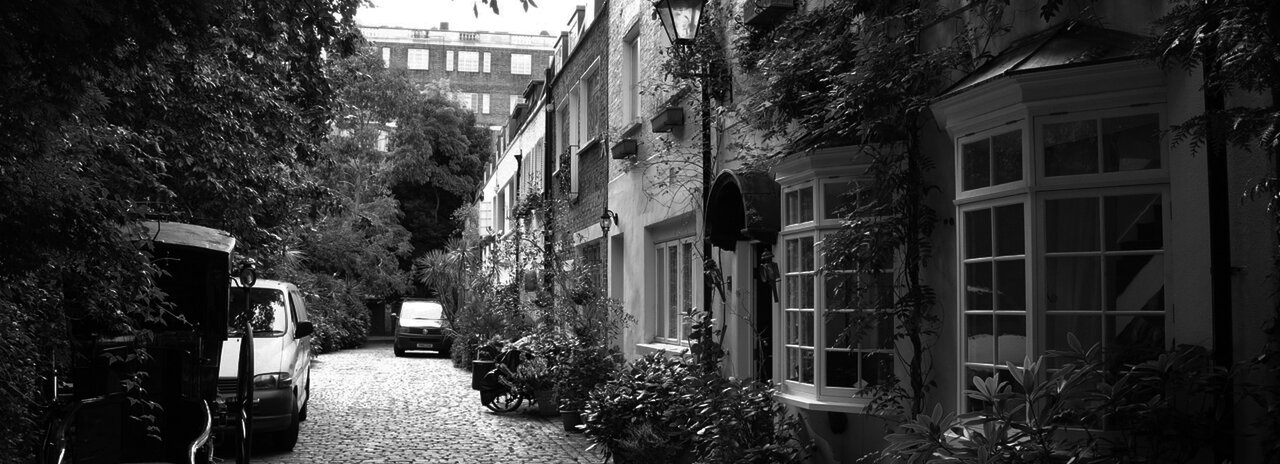Drive along a country road and you may come across signs advertising 'Woodlands for sale'. Such signs invite investment in commercial woodlands which can come with valuable tax breaks.
Tax on profits
Profits from selling the timber, whether felled or standing, are exempt from income and corporation tax but only if the woodland is managed on a 'commercial basis' with a view to making profits. The downside of non-taxable profits is that there is no tax relief for losses or costs incurred in managing the land.
It takes a while for newly planted trees to grow and the gaps between timber harvests can be long, therefore many woodland owners use the land for other purposes in the meantime, e.g. as grazing land. The tax exemption does not apply to such business profits and the usual rules for the taxation of profits on letting land or trading apply.
An anomaly of the tax system is that whilst income from commercial woodland is exempt from income and corporation tax, there is no exemption under VAT law. Therefore, VAT registration is necessary should the usual conditions for VAT registration apply, i.e. the 12-month historic test should the turnover exceed £90,000 or the future 30-days test where taxable sales are expected to exceed £90,000 in the next 30 days.
Capital gains tax
A large part of the value of woodlands lies in the timber. The more mature the wood is, i.e. close to felling, when the land is sold, the greater the price of the woodlands. The increase in value attributable to the value of timber is exempt from capital gains tax (CGT), although the growth in value of the land itself is chargeable. Therefore, when making the calculation it is necessary to separate the proceeds (and costs) relating to each.
CGT roll-over relief
For commercially run woodlands, gains on the sale of land may be deferred by roll-over relief. This relief allows a capital gain made on the disposal of a business asset to be deferred by rolling it over against the cost of acquiring a replacement business asset or assets. The assets do not have to be of the same type but must be used for the purposes of a trade.
The CGT cost of the new asset is reduced by the rolled-over gain so when the replacement asset is sold the gain comes back because of the reduced deductible cost.
Inheritance tax
Business property relief (BPR) is available on commercial woodland (and underlying land), as long as it has been owned for at least two years at the date of death. Where the woodland has not been used commercially, agricultural property relief (APR) may apply, e.g. APR will be relevant if the woodland is non-commercial and ancillary to agricultural land (or pasture).
There is also a rarely claimed relief specifically for woodlands on the value on death (not on a lifetime transfer). BPR or APR are usually applied first before any claim to woodlands relief as the former are more generous. In order to qualify for woodlands relief, the land must have been owned for at least five years at the time of death if purchased, but if acquired otherwise (e.g. by inheritance or gift) there is no minimum ownership period.
Woodlands relief is only a deferral of IHT until the sale of the timber, deferring on the value of the trees (not the land they stand on) until they are sold or gifted. If the new owner dies still owning them (the same trees, not just the same land), then the original charge is extinguished.

